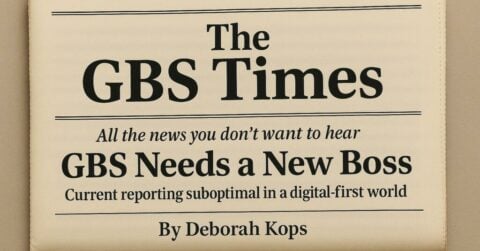
As outsourcing engagements mature, enterprise relationships with providers have evolved from focusing on lowering labor costs to targeting business-metric outcomes. To learn about the benefits of a business outcome model for enterprises and service providers, the requirements to get started, and common pitfalls, read on.
Traditional capacity-based engagement models focused on service quality have evolved to managed services engagement models, giving service providers greater operational control and encouraging transformative outcomes.
While taking out full-time equivalent (FTE) costs to achieve productivity has historically been the most common approach to reducing overall outsourcing costs, this technique is fast becoming table stakes. Mature outsourcing enterprises expect more and often desire “the art of the possible!”
Let’s explore this new approach and some trends we see based on our advisory engagements. Below are two key shifts:
- Global service providers deploying a transformative approach (versus engaging in a rate war) propose productivity in a similar range. With that said, the real differentiator among such global players boils down to how well they fare in metrics such as transformation ROI and payback period. For example, in a recent deal, a global service provider waived about 25% of their transformation cost (digital intervention plus process excellence) to ensure the resulting transformation ROI and the payback period were unparalleled. Well, they were mistaken! In the best and final offer (BAFO), a competitor responded by nearly equalizing these transformation metrics through a counterpart waiver and topped it up through an Innovation Fund. Such instances are becoming far more frequent than service providers anticipate. We expect that bid differentiation through the transformational FTE takeout approach will soon diminish
- In tenured outsourcing engagements or second or third-generation outsourcing deals, digital transformation opportunities focusing only on in-scope FTE takeout are far lower. Enterprise outsourcing goals also mature with tenure. Hence, in such deals, cost reduction commitments may not yield the amount and type of innovation enterprises expect. From a service provider’s perspective, working collaboratively with the enterprise and committing to business-centric outcomes to meet their expectations is deemed effective in such cases
Call to action: leading through a business outcome model
The real differentiator lies in the service provider’s domain and industry expertise beyond digital play. Business metrics will be the driving theme in conversations in large outsourcing contracts (greater or equal to 300 FTEs).
Let’s look at an example of a business metric in BPO. The success of a marketing operations outsourcing engagement can be measured by the increase in website traffic (business outcome) resulting from search engine optimization and analytics.
Both enterprises and providers can benefit by taking this approach in the following ways:
Benefits for enterprises:
- Enterprises can neutralize outsourcing services costs by generating greater business impact
- Enterprises can hold service providers to outcomes beyond service quality and operational cost reduction
- Sourcing and procurement teams can lead the charter on driving business innovation and transformation from the offset
Benefits for service providers:
- Providers can become true business partners to the enterprise rather than being viewed solely as outsourcing partners
- Providers have the opportunity to improve their profits through upside revenue via gain share mechanisms
- Providers can stay ahead of competitors by demonstrating true differentiation and expertise
These deals require a high degree of trust in the service provider, and not all engagements are fit for business-metric outcome commitments. If the service provider is already overachieving expected service-level agreements (SLAs) and key performance indicators (KPIs), this is a good place to start.
Essentials to get started
Now let’s take a look at some of the prerequisites for a business metric outcome-oriented engagement. Enterprises should have the following:
- Comfort in ceding control to the service provider
- Available historical data and projections on the business metric
- Relevant tools to monitor service provider performance on the committed business metric and resulting business impact
- Willingness to invest in change management to account for control ceded to the service provider
Common pitfalls to avoid
Enterprises also may face common stumbling blocks when moving toward a business outcome model focused on metrics. Here are some things to be aware of:
- A lack of accurate historical and future baseline data for the business metric could lead to improper and sometimes unrealistic targets
- Debate and arguments over whether the realized business benefits should be fully credited to the service provider initiatives could result
- Other business metrics could potentially be impacted by a tunnel-vision focus on the targeted contractual metric
We firmly believe that productivity benefits via FTE takeout will lose its charm in the coming years. Moving forward, service providers will differentiate themselves by how they ultimately partner with enterprises on their journey, and the business outcome model will continue to grow along with outsourcing relationship maturity.
Is your organization ready for contracts that target business outcomes instead of just cost takeout? Do your providers show the maturity to transition toward such a model? We would love to hear from you and support your organization in driving innovation through business-centric outcomes.
Also, to discuss your benchmarking needs related to transformation, overall deal solution and pricing, and commercial terms and conditions, please reach out to [email protected].
Learn more about outsourcing trends in 2023 in our webinar, Key Issues for 2023: Rise Above Economic Uncertainty and Succeed.








